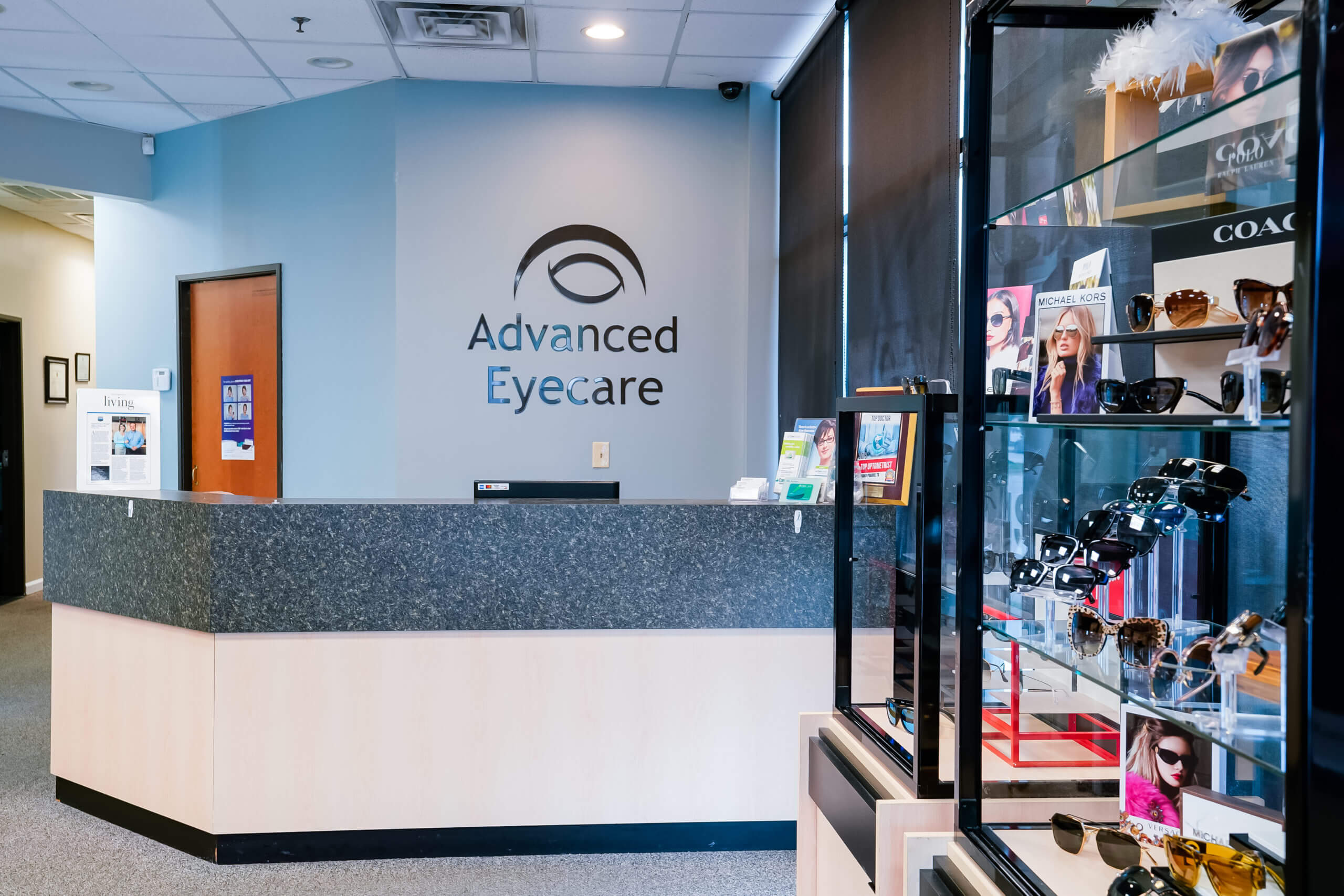Discover a Neurologist in Andalusia: Specialized Clinics and Care Providers
Wiki Article
The Pros and Disadvantages of Various Refractive Surgical Procedures for Boosted Eyecare

LASIK Surgery
LASIK surgery is a typically executed refractive procedure that intends to correct vision problems such as farsightedness, astigmatism, and nearsightedness. During the procedure, a thin flap is created on the cornea, and a laser is used to improve the underlying cells, fixing the refractive error.One of the main benefits of LASIK surgical treatment is the quick enhancement in vision experienced by many clients. It is vital for individuals thinking about LASIK surgical treatment to go through a detailed assessment by an eye care professional to determine if they are appropriate candidates for the treatment.
PRK Treatment
The PRK procedure, also known as Photorefractive Keratectomy, is a kind of refractive surgical procedure that intends to deal with vision problems similar to LASIK surgery. Unlike LASIK, which entails producing a flap in the cornea, PRK deals with the surface layer of the cornea. During the PRK procedure, the external layer of the cornea, called the epithelium, is gotten rid of to allow reshaping of the underlying corneal tissue with an excimer laser. This reshaping aids to fix refractive errors such as farsightedness, astigmatism, and nearsightedness.One of the advantages of PRK over LASIK is that it eliminates the threat of flap-related difficulties because no flap is produced during the surgical procedure. This can be helpful for individuals with thin corneas or those associated with get in touch with sports where eye trauma is a possibility. However, the recuperation time for PRK is normally much longer contrasted to LASIK, as the outer layer of the cornea needs time to regenerate after the treatment. Despite the longer healing duration, PRK can be a suitable option for individuals seeking vision correction surgical treatment.
SMILE Surgery
An advanced refractive surgical treatment strategy acquiring popularity in the field of ophthalmology is SMILE Surgery. Tiny Cut Lenticule Extraction (SMILE) is a minimally invasive procedure that deals with vision by reshaping the cornea making use of a femtosecond laser. Unlike typical LASIK surgery, SMILE Surgery involves developing a little incision in the cornea to remove a lenticule, which leads to much less disturbance to the corneal structure and potentially quicker healing times.One of the main benefits of SMILE Surgery is its capability to deal with nearsightedness (nearsightedness) and astigmatism with high accuracy, bring about excellent visual outcomes for people. The minimally intrusive nature of the treatment additionally decreases the risk of problems such as completely dry eye disorder, making it a desirable choice for people seeking refractive surgical procedure.

LASEK Method
Having discovered the advantages and factors to consider of SMILE Surgical treatment, one more noteworthy refractive surgical treatment strategy worth taking a look at is the LASEK Strategy. LASEK, which means Laser-Assisted Subepithelial Keratectomy, is a kind of laser eye surgery that intends to correct refractive errors such as myopia (nearsightedness), hyperopia (farsightedness), and astigmatism.Unlike LASIK, LASEK does not include creating a corneal flap. Instead, throughout a LASEK treatment, the specialist uses a watered down alcohol solution to loosen the thin outer layer of the cornea, recognized as the epithelium.
Among the key advantages of LASEK is that it can be ideal for individuals with slim corneas who might not be excellent candidates for LASIK. In addition, LASEK usually results in marginal post-operative pain and a quicker recovery time contrasted to PRK. However, the visual recovery procedure with LASEK might be slightly longer than with LASIK.
Implantable Call Lenses
Implantable Contact Lenses provide a long-term vision adjustment solution for individuals seeking an option to standard get in touch with lenses or glasses. These lenses, likewise known as phakic intraocular lenses, are operatively placed right into the eye to deal with refractive errors such as myopia (nearsightedness), hyperopia (farsightedness), and astigmatism. andalusia pediatrics. Unlike standard get in touch with lenses that rest on the surface area of the eye, implantable contact lenses work within the eye itself, supplying clear vision without the requirement for everyday maintenance or elimination
Among the crucial benefits of implantable get in touch with lenses is their permanence. When inserted, they can stay in the eye indefinitely, using regular and secure vision modification. Additionally, these lenses can be an exceptional choice for people who are not good prospects for laser eye surgical procedure or that choose a relatively easy to fix vision adjustment treatment.
Nevertheless, implantable get in touch with lenses do carry some threats, including the potential for cataracts or raised eye stress. It is important for people considering this alternative to seek advice from an eye care professional to figure out if implantable contact lenses are the right option for their details requirements and eye health and wellness.
Final Thought
Finally, each type of refractive surgical treatment has its very own andalusia pediatrics benefits and downsides. LASIK surgical treatment is prominent for its fast recuperation time, while PRK treatment may be appropriate for patients with thin corneas. SMILE surgical procedure supplies minimal discomfort throughout the treatment, but LASEK technique might have a longer recovery procedure. Implantable contact lenses supply a choice for those who are not appropriate prospects for traditional surgeries. Individuals need to seek advice from their eye treatment copyright to figure out the most effective alternative for their individual needs.
In General, SMILE Surgical procedure offers an appealing alternative for individuals looking to boost their vision with refractive surgery.
Report this wiki page